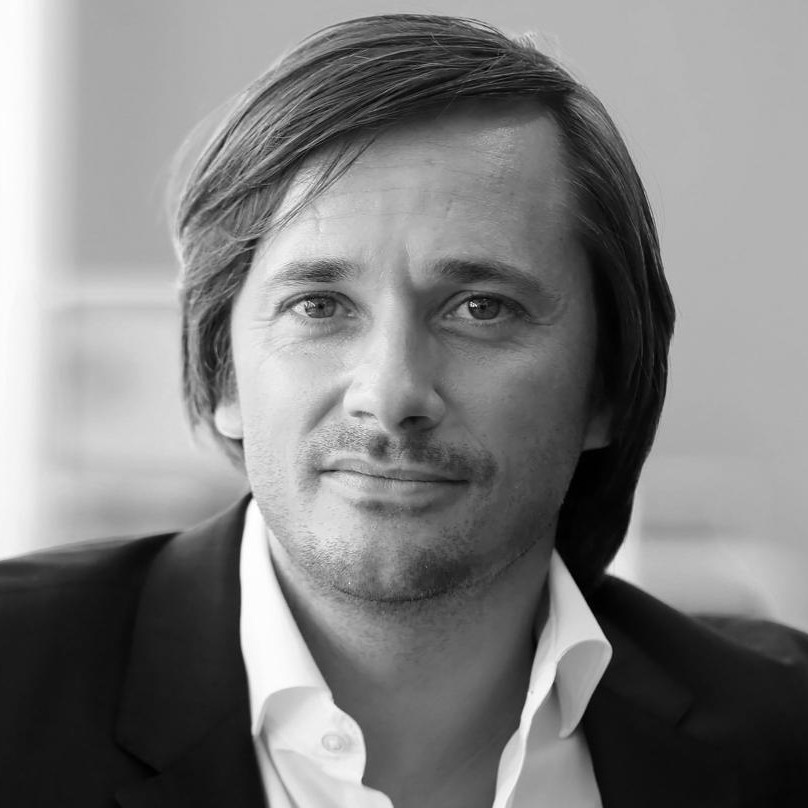Neuroprosthetic technologies to improve motor recovery after spinal cord injury

Event details
| Date | 17.05.2016 |
| Hour | 12:15 › 13:15 |
| Speaker | Dr Grégoire Courtine |
| Location |
SV 1717 A
|
| Category | Conferences - Seminars |
Severe spinal cord injury leads to a range of disabilities, including permanent motor impairments that seriously diminish the patients’ quality of life. Over the past decade, my team and I developed a multipronged intervention that restored supraspinal control over leg movements after severe spinal cord injury in rats. The intervention acts over two time windows. Immediately, electrochemical neuromodulation of spinal circuits enables motor control of the paralysed legs. In the long term, will-powered training regimens enabled by electrochemical neuromodulation and robotic assistance promote neuroplasticity of residual connections—an extensive rewiring that reestablishes voluntary control of movement. To identify the physiological principles underlying the therapeutic effects of this intervention, we used optogenetics, computational modelling, inactivation techniques and genetic manipulations. We found that our electrochemical neuromodulation therapy enables motor control through the recruitment of muscle spindle feedback circuits.
This framework steered the design of spatially selective spinal implants that specifically target these circuits to modulate muscle synergies responsible for flexion and extension of the legs. To reproduce the natural activation pattern of these muscle synergies during locomotion, we interfaced the leg motor cortex activity with electrochemical neuromodulation therapies in non-human primates. This brain spinal interface instantly restored robust locomotor movements of a paralyzed leg in a non-human primate model of spinal cord injury. Preliminary clinical studies suggest that our concepts and technologies are directly translatable to therapeutic strategies to augment motor recovery after spinal cord injury in humans.
This framework steered the design of spatially selective spinal implants that specifically target these circuits to modulate muscle synergies responsible for flexion and extension of the legs. To reproduce the natural activation pattern of these muscle synergies during locomotion, we interfaced the leg motor cortex activity with electrochemical neuromodulation therapies in non-human primates. This brain spinal interface instantly restored robust locomotor movements of a paralyzed leg in a non-human primate model of spinal cord injury. Preliminary clinical studies suggest that our concepts and technologies are directly translatable to therapeutic strategies to augment motor recovery after spinal cord injury in humans.
Practical information
- General public
- Free
Organizer
- Faculty SV
Contact
- Dr H. Hirling